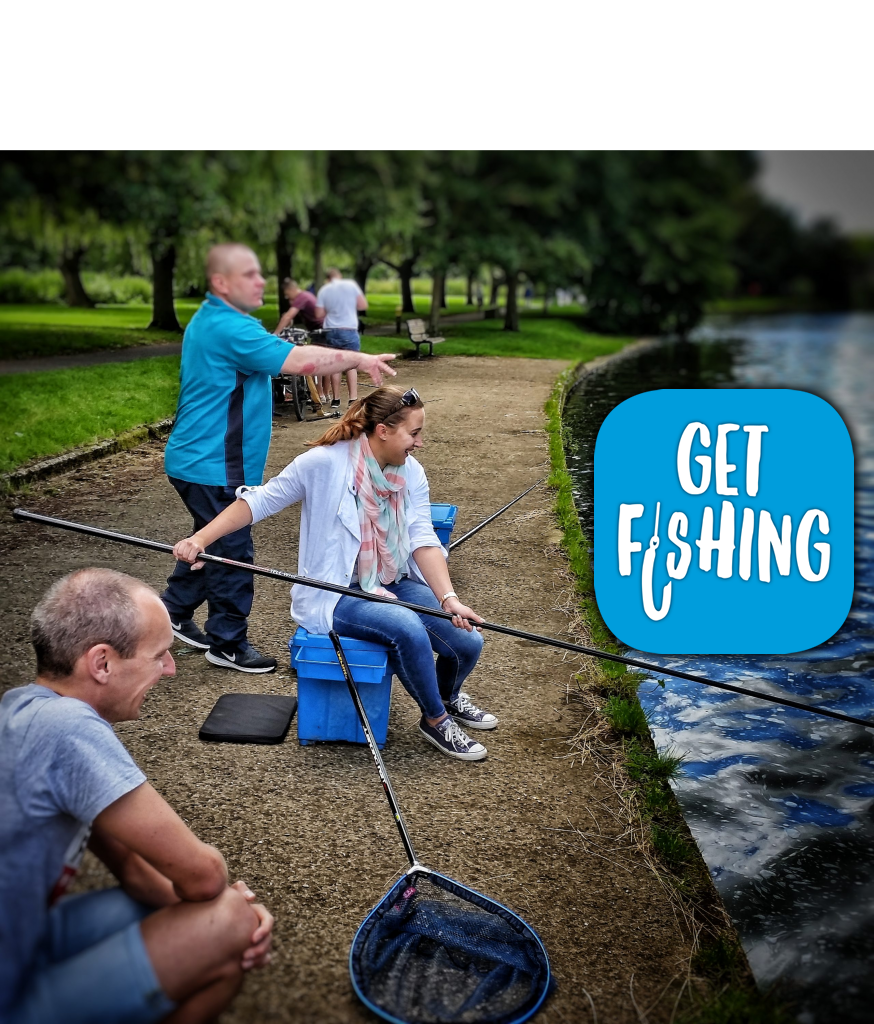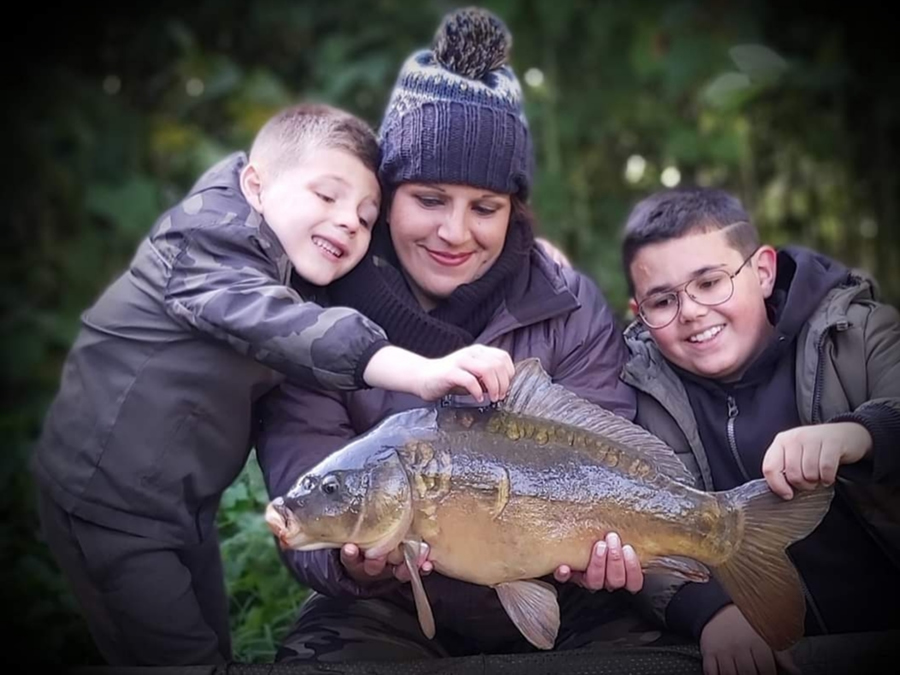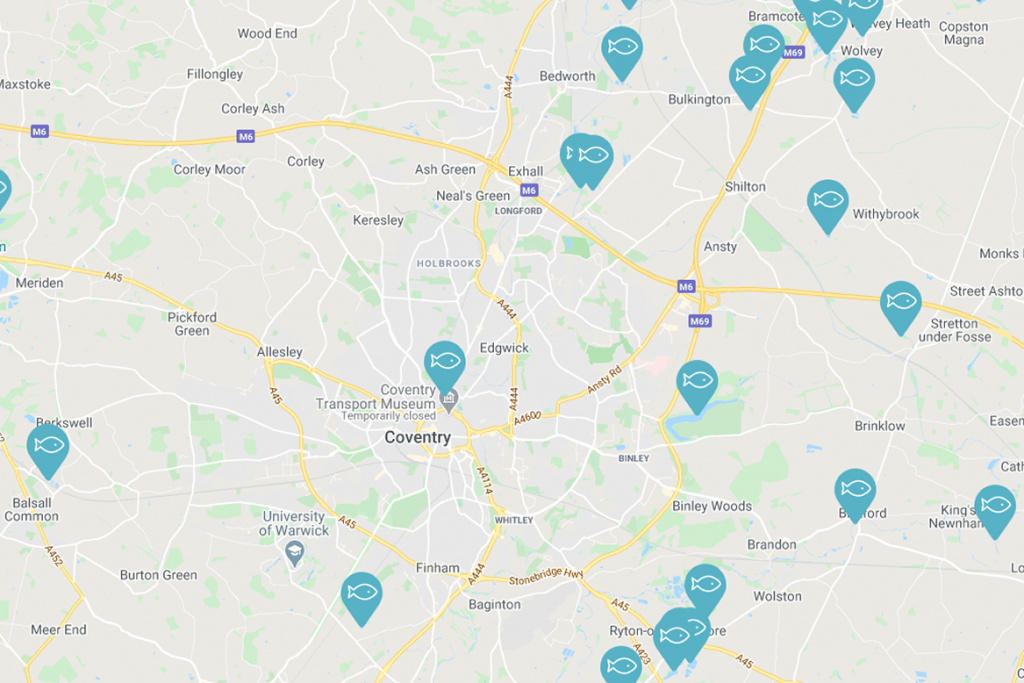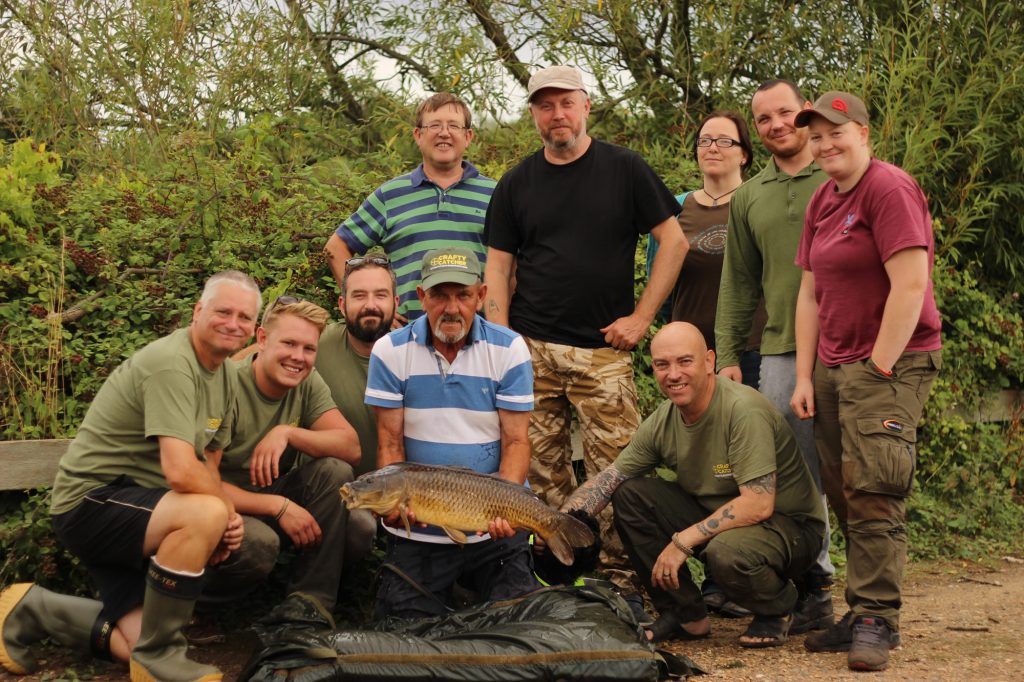
Get Fishing Resources
How to start sea fishing – how to get into sea fishing and all about learning to fish in the sea
About sea fishing:
The UK’s coastline offers up one of the richest opportunities for sea angling to be found anywhere in the world. From the warm waters of the Atlantic in the south west to the cold waters of the Northern North Sea, a huge variety of habitats and species can be found that offer year round sea fishing action. Here are some tips on how to get into sea fishing…
Ask Your Tackle Shop
Your local tackle shop will be able to give you advice about what tackle you will need to get into sea fishing. Some expert anglers might spend hundreds of pounds on rods and reels, but you could buy a basic fishing setup for about £25. The key to getting started is to keep things really simple and try and get a friend or family member who has been fishing before to show you how to begin.
Join a Fishing Club
Joining a local fishing club is a great way to learn how to fish and to get access to places to fish and charter boats near to you. A lot of fishing clubs will arrange fishing sessions for new or young anglers. If you are interested in competitive match fishing where you might win prizes, your local club will be able to help you get started. You can find clubs that are members of the Angling Trust, angling’s representative organisation HERE.
Sea Fish Species
A survey carried out by the National Federation of Sea Anglers in 2005 showed that the species of most importance overall to sea anglers in England were, in descending order; bass, cod, plaice, thornback ray, smooth-hound, mullet, pollack, flounder, black bream and dab. There are some differences between the most important species caught from boat and those caught from the shore. In addition to those species listed above mackerel, whiting, all other members of the ray family, tope and other sharks can all be considered to be highly popular catches by sea anglers.
Sea fishing techniques – the basics
These species can all be caught using a variety of methods but in general there are three techniques used in the UK to catch sea fish. These are:
-Bait fishing
-Lure fishing or spinning
-Fly fishing
Although bait fishing is probably still the most widely practiced method for catching most species there has been a surge in interest over recent years in saltwater fly fishing and fishing with artificial lures – the latter of which has been largely influenced by angling techniques in both the USA and Japan. Bait used in sea angling commonly includes lugworm and ragworm, fish baits such as mackerel and sandeels, shellfish such as razorfish and squid and cuttlefish.
Tackle: The tackle and equipment needed to fish at sea can be very specific. Boat rods and reels must, for example, be able to cope with very large fish in deep water. Likewise beach fishing rods may require casting distances in excess of 150 meters. Generally, sea angling equipment tends to be tougher, more resilient to corrosion and more powerful than other forms of fishing tackle. However, there are also circumstances where coarse and game fishing tackle can be used, such as when light lure fishing or fishing for mullet, bass or flatfish like dabs and flounder.
Watercraft
As with any other form of angling watercraft (or understanding the marine environment) can have a dramatic effect on your success – arguably even more so with sea angling. To many this watercraft and developing an understanding of the natural environment and its interactions, is one of the great pleasures of angling.
Many different factors affect the presence and movement of sea fish. Understanding the influence of the main ones listed below is essential to being a successful sea angler.
Tides – the impact of tides on fish movement and feeding patterns cannot be overestimated.
Weather fronts – wind strength, wind direction and water temperature can all have a significant impact on your chances of finding, and catching, fish.
Light – bright sunshine can be very bad for fishing while many fish often feed and come closer to shore in the hours of darkness.
Seasons – fish migrate on a seasonal basis. Knowing these migration habits is essential to sea angling.
Features – gullies, rocks, seaweed beds, groynes and different depths of water are all features that sea anglers look out for at low tide because they act as holding areas for either fish or their prey.
Conservation
There is a growing interest among sea anglers in marine conservation and the sustainable management of our sea fish stocks. The results of the Angling Trust’s National Angling Survey in 2012 showed that 69 per cent of anglers who completed the survey said poor fish stocks is sea angling’s biggest issue and over 73 per cent said that over fishing by the commercial fishing sector was the biggest threat to recreational sea angling.
While one of the great pleasures of sea angling is being able to eat the fish that you catch, there is a growing movement towards ‘catch and release’ angling which allows unwanted fish to be returned alive to the environment. In addition anglers and clubs should adhere to any legal minimum sizes that exist. The Angling Trust publishes recommended minimum retention sizes for most species and provides more information on minimum landing sizes for more conservation-minded sea anglers.
Getting Competitive
There is a strong match fishing scene within sea angling with international teams that represent England traveling the World to represent the country. These include senior men’s teams, lady’s teams, junior teams, veteran teams and disabled teams. Qualifying matches take place throughout the year and team members are selected by the Angling Trust’s committee of selectors. More information on competitions can be found HERE.
In addition clubs run their own competitions which may be one off or annual fundraising competitions, social matches for fun or leagues throughout the year with a more structured system of points.
Shore, Boat or Even Kayak…
Sea angling is generally split into shore fishing and boat fishing. Shore fishing is by far the most widely practiced but there are an ever growing number of privately owned boats with anglers fishing considerable distances from the coast. In addition the charter boat fleet around the country provides anglers with the opportunity to pay for access to boat fishing with experienced and knowledgeable charter skippers. In recent years kayak fishing has become increasingly popular because it allows anglers to get onto the water with relative ease compared to owning a boat and provides a new dimension to the sport. Boat fishing and kayak fishing offer the opportunity to target species that may be unavailable to the shore angler.
Habitats
The UK coastline has a phenomenal variety of marine habitats that support a huge range of recreationally important angling species. From the shore; sandy or shingle beaches, estuaries, rocky outcrops, shellfish beds and man made structures such as piers, breakwaters, groynes and harbors are all excellent habitats in which to find fish.
From a boat; sandbanks, reefs, wrecks and other natural and man made underwater structures provide excellent habitat for fish of different species.
Find out how to get into Coarse Fishing
Find out how to get into Game Fishing
You might also like

Government Announces Proposed Ban on Bottom Trawling in 41…

Angling Trust Presses Water Commission to Go Faster and…

VIDEO: Alice and her 3 boys have a day…

Recovery Rods help boost mental health and wellbeing by…

Teddy is hooked! – back for more fishing and…

Thank you to all our volunteers – you do…

Get Fishing Fund – Funded Project: HACRO were visited…
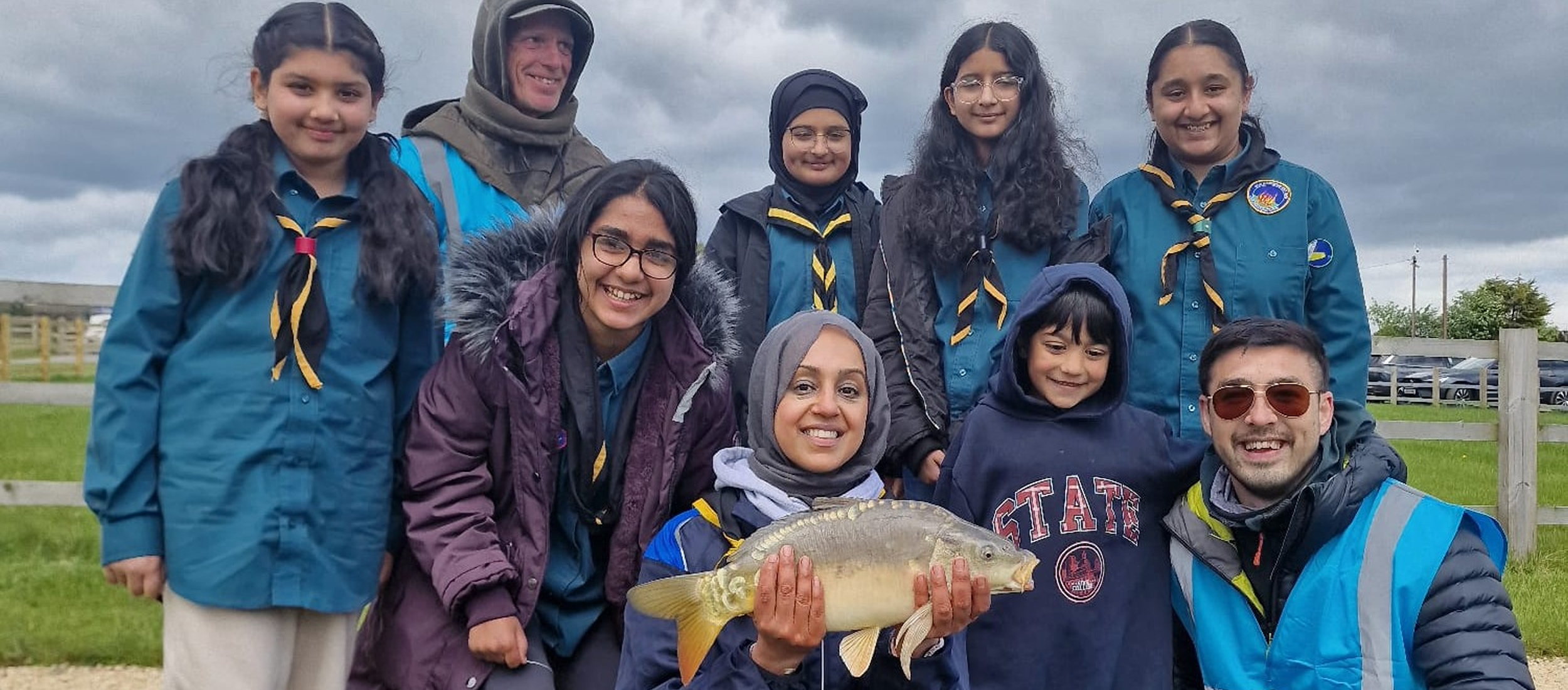
New Horizons had an amazing day taking part in…
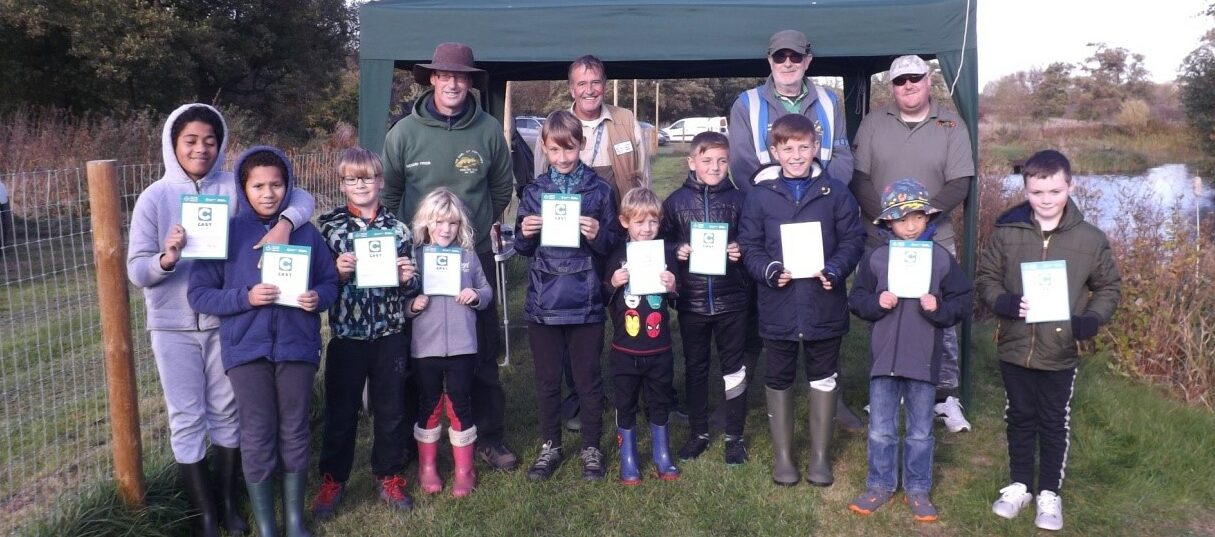
Get Fishing Fund – Funded Project Blog: Steve Clamp…

Somersham Angling Club hosted some fabulous Get Fishing events…
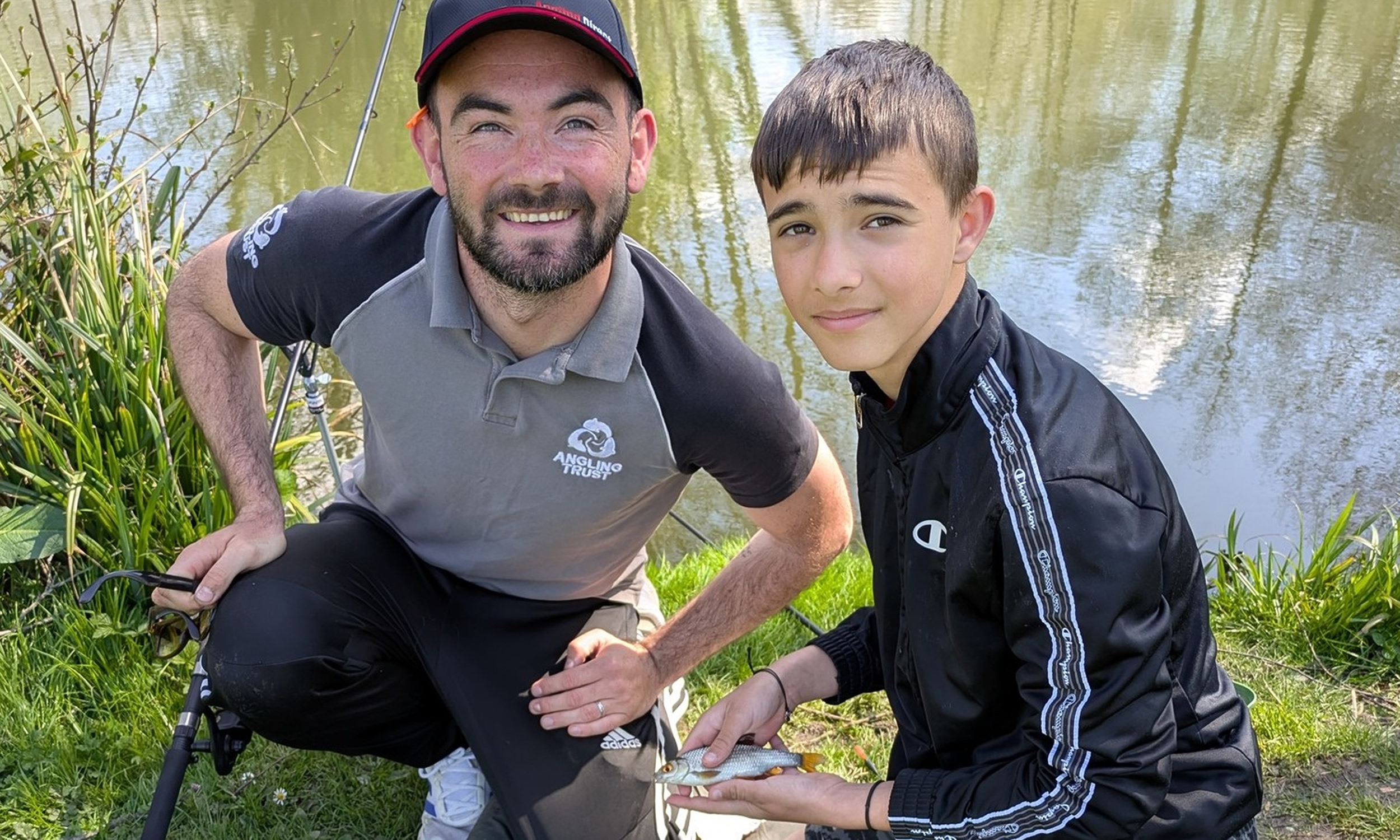
BLOG: Jack’s Back! What’s been happening in my East…

We want a water industry fit for purpose

Government Announces Proposed Ban on Bottom Trawling in 41…

Angling Trust Presses Water Commission to Go Faster and…

VIDEO: Alice and her 3 boys have a day…

Recovery Rods help boost mental health and wellbeing by…

Teddy is hooked! – back for more fishing and…

Thank you to all our volunteers – you do…

Get Fishing Fund – Funded Project: HACRO were visited…

New Horizons had an amazing day taking part in…

Get Fishing Fund – Funded Project Blog: Steve Clamp…

Somersham Angling Club hosted some fabulous Get Fishing events…

BLOG: Jack’s Back! What’s been happening in my East…

We want a water industry fit for purpose

Government Announces Proposed Ban on Bottom Trawling in 41…

Angling Trust Presses Water Commission to Go Faster and…

VIDEO: Alice and her 3 boys have a day…

Recovery Rods help boost mental health and wellbeing by…

Teddy is hooked! – back for more fishing and…

Thank you to all our volunteers – you do…

Get Fishing Fund – Funded Project: HACRO were visited…

New Horizons had an amazing day taking part in…

Get Fishing Fund – Funded Project Blog: Steve Clamp…

Somersham Angling Club hosted some fabulous Get Fishing events…

BLOG: Jack’s Back! What’s been happening in my East…

